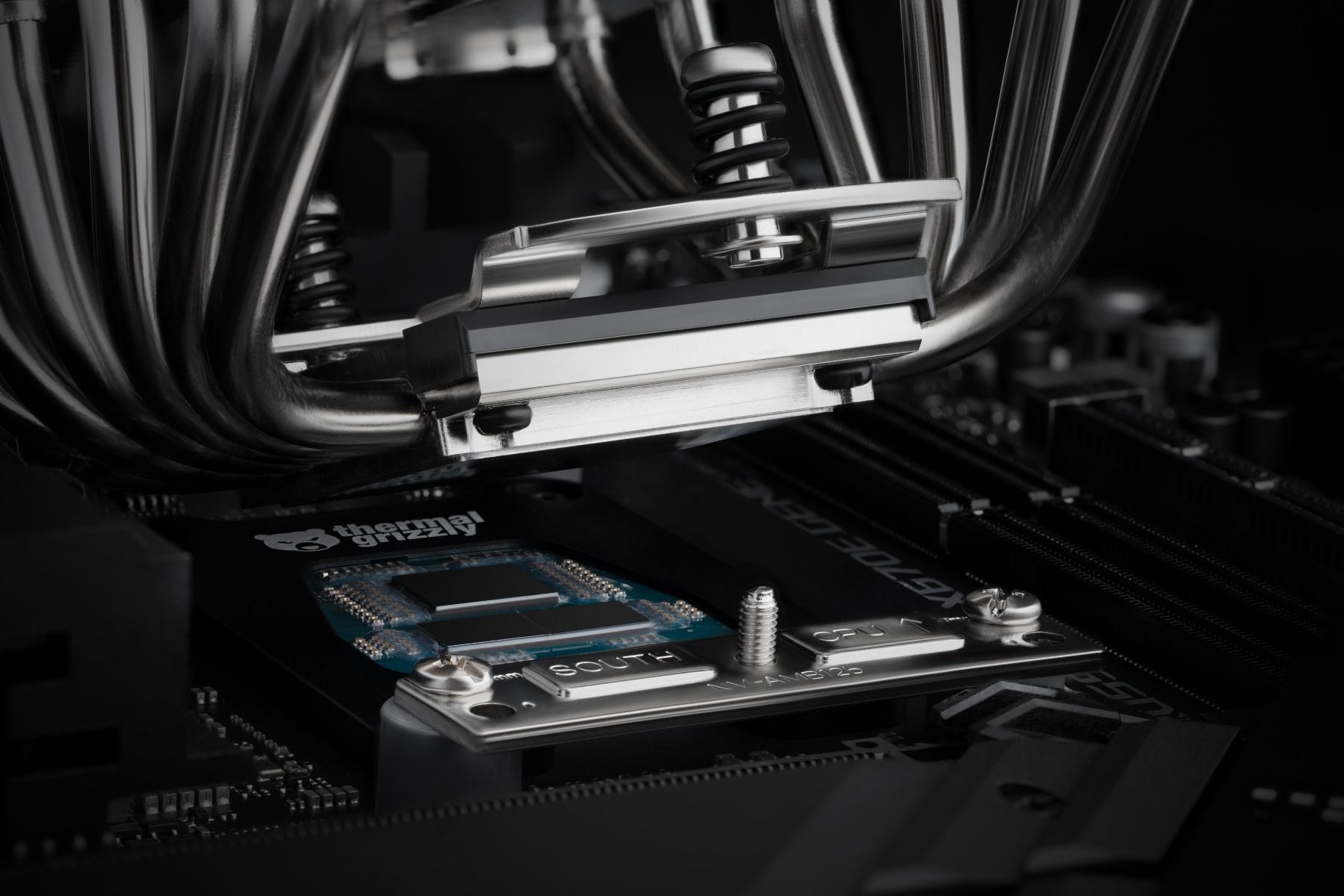
Can the Human Eye Even See Beyond 60FPS?
Our eyes are pretty impressive! They can actually pick up more than just 60 frames per second (FPS) when we’re gaming. While the exact limit varies from person to person and depends on things like how bright the room is and the quality of the screen, most of us can notice a difference in smoothness when the frame rate goes beyond 60 FPS.
Research suggests that the human eye can perceive differences in frame rates up to around 200-300 FPS, although the ability to discern these differences diminishes at higher frame rates. However, even beyond the point where individual frames become indistinguishable, higher frame rates can still contribute to a smoother and more responsive gaming experience, particularly in fast-paced games where quick reactions are essential.
Having a higher FPS can also help reduce lag and make things feel more real and immersive, even if we don’t consciously notice each frame. That’s why serious gamers often look for screens with high refresh rates like 120Hz or 144Hz, and aim for frame rates way beyond 60 FPS, especially in competitive gaming.
Okay, so what’s a good FPS for gaming?
The “good” frames per second (FPS) for gaming can vary depending on individual preferences, the type of game being played, and the hardware capabilities of the gaming system. However, in general, most gamers aim for a minimum of 60 FPS as it provides smooth and responsive gameplay. Many consider 60 FPS to be the baseline for a satisfactory gaming experience.
For competitive gaming or fast-paced action games, players often strive for even higher FPS to ensure the smoothest gameplay possible. Frame rates of 120 FPS or higher are increasingly sought after, especially for esports titles where split-second reactions can make a significant difference.
Ultimately, the ideal FPS varies from person to person, and some may prioritize graphical fidelity over frame rate or vice versa. As long as the FPS is consistent and offers a smooth gaming experience without noticeable stuttering or lag, it can be considered “good” for gaming.
Should I even care about FPS? What about 99% FPS?
Both average FPS and 99th percentile FPS (often referred to as 1% lows) are important metrics for assessing the smoothness of gameplay, but they serve slightly different purposes.
Average FPS: This metric gives you an overall idea of the performance you can expect during gameplay. Higher average FPS generally indicates smoother gameplay, as it means the game is rendering frames more quickly. However, it doesn’t account for occasional drops or stutters that may occur during gameplay.
99th percentile FPS (1% lows): This metric represents the minimum FPS experienced 99% of the time during gameplay. In other words, it measures the worst-case scenario in terms of frame rate. A higher 99th percentile FPS means that even during intense moments or demanding scenes, the frame rate remains relatively high, leading to a smoother experience overall.
While both metrics are important, having a good 99th percentile FPS is often considered more crucial for ensuring consistent smoothness in gameplay. A high average FPS may not necessarily reflect a smooth experience if there are frequent dips or spikes in performance. Conversely, a stable and high 99th percentile FPS indicates that the majority of gameplay remains smooth, even during demanding sequences.
While a high average FPS is desirable, a good 99th percentile FPS is often more important for maintaining consistent smooth gameplay without noticeable stuttering or lag.
Do all games need to have a high FPS?
The type of game can significantly impact the desired FPS for optimal gameplay. Different types of games have varying levels of demand on hardware resources, which can influence the ideal FPS target. Here’s how different types of games may influence the desired FPS:
Competitive Multiplayer Games: Games like first-person shooters (e.g., Call of Duty, Counter-Strike: Global Offensive) or battle royale games (e.g., Fortnite, PUBG) typically benefit from higher FPS for smoother and more responsive gameplay. In these fast-paced games, players rely heavily on quick reactions and precise aiming, so a high FPS (ideally 120 FPS or higher) is often sought after to reduce input lag and ensure smooth movement.
Single-Player Story-driven Games: Story-driven games, such as role-playing games (RPGs) or adventure games (e.g., The Witcher 3, Assassin’s Creed series), prioritize immersive storytelling and stunning visuals over high frame rates. While a stable 60 FPS is generally considered sufficient for smooth gameplay in these types of games, some players may prefer higher frame rates for improved responsiveness, especially during action sequences.
Real-Time Strategy (RTS) Games: Games like StarCraft II or Age of Empires demand a balance between graphical fidelity and performance due to the need to manage numerous units and complex environments. A stable 60 FPS is typically sufficient for smooth gameplay in RTS games, although higher frame rates may provide a competitive edge for faster decision-making and unit micro-management.
Simulation Games: Simulation games (e.g., The Sims, Cities: Skylines) often prioritize simulation depth and complexity over high frame rates. While a smooth experience is still desirable, players may prioritize graphical fidelity and intricate details over achieving extremely high FPS.
Indie Games and Retro Games: Indie games and retro-inspired titles often have simpler graphics and lower hardware requirements compared to AAA titles. In these cases, achieving a stable 30 FPS or higher may be sufficient for smooth gameplay, although some players may still prefer higher frame rates for a more fluid experience.
In summary, while higher FPS is generally desirable for smoother gameplay across all types of games, the ideal FPS target can vary depending on the genre and the specific demands of the game. Competitive multiplayer games often benefit from the highest FPS possible, while single-player story-driven games may prioritize graphical fidelity over frame rate. Ultimately, the optimal FPS target is subjective and depends on individual preferences and hardware capabilities.



